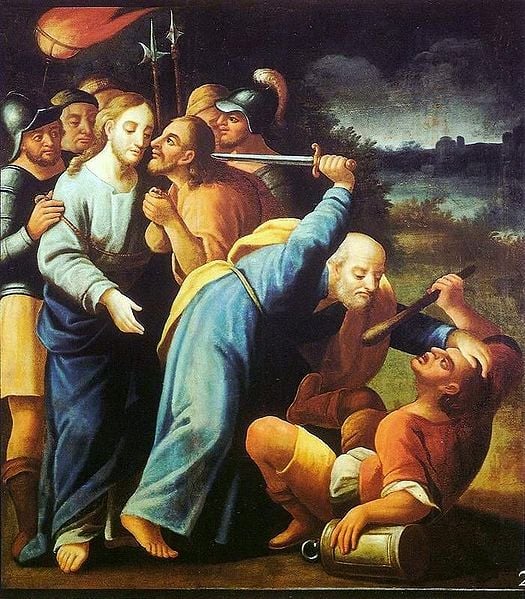Over the course of the 20th century, LDS narratives about early Christianity shifted dramatically in one respect. While earlier accounts explained that the Great Apostasy occurred due to the failure of church leaders, by the 1980’s retellings of the Great Apostasy narrative blamed the general membership for going astray. LDS narratives about early Christianity, like most other Christians, have a great deal to do with constructing a meaningful identity. In this way, these narratives have a different goal than those of historians. Nevertheless, this shift in the LDS narrative reveals a great deal about how LDS identity is constructed and what values these stories seek to communicate.
In the early and mid-century narratives, many of the “internal” causes of the Great Apostasy had to do with the failures of Church leaders and misconduct of the institutional church. These narratives were heavily dependent upon Protestant anti-Catholic histories of the early Church which depicted church leaders as corrupt and lamented the rise of authoritative institutions. In elaborating the “internal causes” of the apostasy, Talmage quotes early church leaders and Protestant historians who rail against the ecclesiastical leadership. He emphasizes that both “cannot be charged with bias against Christian institutions.” (Great Apostasy, 87.) Mid-century LDS writer James L. Barker sees the main cause of the Great Apostasy as the violation of the separation of Church and State, arguing that “divine leadership” is one of the two organizing principles, along with “individual liberty” of the Church. (Apostasy From the Divine Church, p.5). Similarly, Edgar Lyon depicts Christian leadership as becoming corrupt and an unsafe guide to preventing apostasy (Apostasy to Restoration, 85). Indeed, the corruption of leadership was one of the strongest themes of early LDS apostasy narratives. (See also, B.H. Roberts, Outlines of Ecclesiastical History, 157-79.
More recent Mormon narratives of the Great Apostasy accept this earlier view to some extent, but the blame for the apostasy has shifted away from the organization and leadership to a failure on behalf of the church members to sufficiently obey church leaders. For example, Reynolds explains, “LDS scholars today conclude increasingly that the root causes of the apostasy were the abandonment or breaking of sacred covenants by the Christians themselves….we can see internal rebellion against God’s covenants and against his authorized servants–much like the rebellions against Moses in the wilderness, or against Joseph Smith in Kirtland in 1836.” (Reynolds in Early Christians in Disarray, 4-5). Callister’s account suggests, “if there had been significant righteousness among the Saints, the Quorum of the Twelve Apostles would have continued.” (The Inevitable Apostasy and the Promised Restoration, 46) Kent Jackson is even more explicit in placing the blame with modern parallels: “zealous Church members, what a modern apostle has called ‘alternate voices,’ teachers whose words they found to be more ‘pleasing unto the carnal mind’ (Alma 30:53)–more intellectually stimulating, more in style with contemporary ideas, or more spiritually titillating–than were the teachings of the Lord’s authorized servants.” (From Apostasy to Restoration, 21) He continues in framing the apostasy in terms of contemporary LDS anxiety of authority: “The divinely revealed authority of apostles was replaced by the self-appointed authority of intellectuals.” (ibid)
These more recent accounts are radically different from earlier LDS treatments of the Great Apostasy. In these, the fall of the leadership is caused by the members-in some cases explicitly “intellectuals,” and we do not see unscrupulous priesthood nor the extending of power of the Church over the State as salient causes. This shift in emphasis reflects the rise of LDS concern for centralizing authority in church institutions and its leaders, rejecting the preferences for decentralization in the Protestant narrative. Part of the problem with the previous Great Apostasy narrative’s condemnation of Catholic authority is that the LDS Church actually sought to project the same kind of definitive rule, as opposed to Protestant preferences for personal religion. This shift suggests also a great anxiety over obedience in the latter part of the 20th century, developing a narrative of early Christianity to teach this value.











